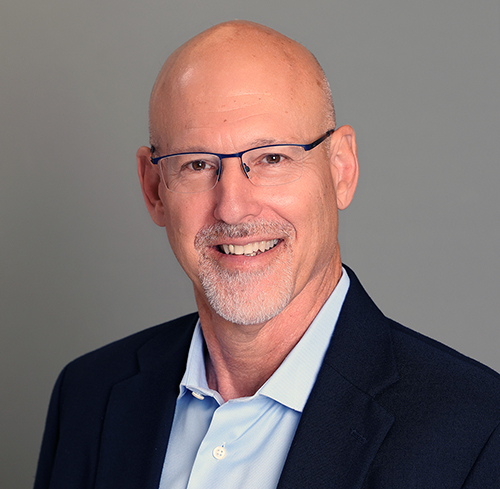The Health series is presented by AdventHealth

A Conversation with Dan Gehlbach, MD, FACOG, Board-Certified Fertility Doctor
We hear a lot about IVF these days, the in-vitro fertilization process that involves joining a human egg with sperm in a lab setting, then transplanting the embryo to the woman’s uterus to continue growing. In 1978, the first “test tube baby” was born in England using IVF technology at that time. In 2010, the physiologist who co-developed the process was awarded the Nobel Prize in Physiology and Medicine.
Since the beginning of IVF technology, over 8 million babies have been born worldwide using IVF and other assisted reproduction techniques, according to a 2018 report by the European Society of Human Reproduction and Embryology.
Dan Gehlbach, MD, FACOG, Board-certified fertility doctor at the AdventHealth Fertility Center, explains the process.

What is IVF?
In-vitro fertilization is a medical procedure in which a woman’s ovaries are stimulated to produce many eggs. The eggs are extracted from the ovaries and fertilized with sperm to create an embryo. The resulting embryo is then transferred back to the woman’s body.
When a couple has difficulty conceiving, when might IVF be an option?
IVF was first used to help women who had blocked fallopian tubes. The procedure bypassed the blocked tubes so the egg could be fertilized. Soon, this technique was applied to help many other fertility issues. It’s one of the most successful treatments we can do.
There are also other reasons to consider IVF.
IVF combined with genetic testing also helps ensure that the embryo selected for transfer has the correct number of chromosomes. This can reduce the risk of miscarriage, pregnancy failure, and birth defects in the resulting child.
For women who will undergo treatment for cancer, IVF allows them to bank their eggs or embryos ahead of chemotherapy or radiation, so they will not lose the ability to conceive. Older women who do not have a partner but want to have children at a later date can also benefit from IVF.
What are the steps in IVF treatment?
The first step is to stimulate the ovaries to produce as many eggs as possible all at once. The daily injections usually take 9 to 10 days. Then we schedule an egg retrieval, which can be done in the office or in a hospital setting. Using IV sedation, we guide a needle vaginally into the ovaries and drain the follicles, which contains the eggs. That usually takes about 15 minutes.
Then, an embryologist will identify the eggs under a microscope. Later that day, the best eggs will be fertilized using the partner’s sperm. In 5 or 6 days, those fertilized eggs that have reached the blastocyst stage will be ready to implant in the woman’s uterus, biopsied for chromosome testing, and/or frozen for transfer at a later date.
What is the success rate for IVF treatment?
The success rate depends on the woman’s age. For a woman under the age of 35, the success rate is 50%. For a woman over 40, the success rate is less than 30%.
What distinguishes IVF treatment at AdventHealth’s Fertility Center?
AdventHealth is committed to treating the whole person, tailoring the treatment to each patient’s needs. That might include counseling, acupuncture, or other services. Our whole goal is to help our patients have a family in the best way possible.

